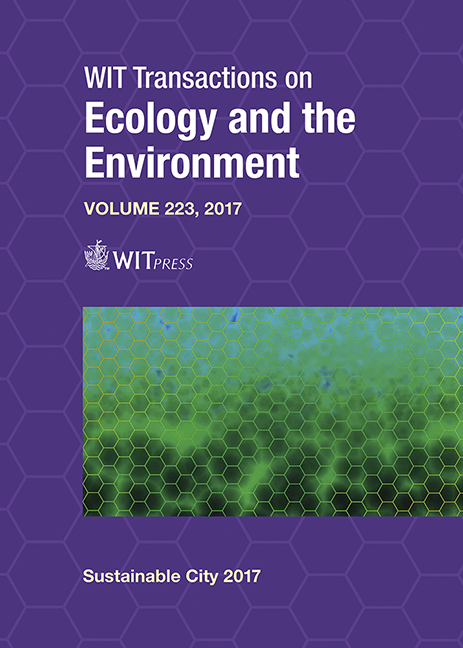SURABAYA OLD TOWN NEW LIFE: RECONSTRUCTING THE HISTORIC CITY THROUGH URBAN ARTEFACTS
Price
Free (open access)
Transaction
Volume
223
Pages
11
Page Range
389 - 399
Published
2017
Size
701 kb
Paper DOI
10.2495/SC170341
Copyright
WIT Press
Author(s)
PUTERI MAYANG BAHJAH ZAHARIN, NOOR IZZATI MOHD RAWI
Abstract
Architecture portrays the physical and visible image of a place. From these images, its meanings represent the transformation and development of a city over time. Architecture is continuously remodelled to adapt to the development and modernisation that a city and its society experience. The Old Town of Surabaya is well known for its cultural diversity with its distinctive six main district settlements along the Kalimas River namely the Arabic, Chinese, Javanese, Dutch, Industrial area and Business and Service area. In line with the government efforts to revitalise the old town, the architecture of this part of the city needs to be remodelled and altered to realize the government’s vision and to revive the identity of this district. For example, the warehouse, which is an urban artefact and one of the most significant typology built along the Kalimas River during the era of Surabaya as an entrepot, is now neglected and portrayed a derelict image to the old town’s identity and memory. This paper intends to explore how architecture expresses the identity and memory of the city of the Old Town of Surabaya. By investigating the experience in the old town, the typology of the town is defined and urban artefacts are identified. Then, the warehouse, which is one of the urban artefacts in the old town, is discussed in terms of its transformation, typology, memory, and how its existence can define the identity and memory of the old town.
Keywords
historic city, urban artefacts, architecture and the city, collective memory, typology, warehouse, transformation, identity





